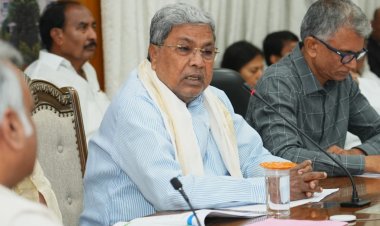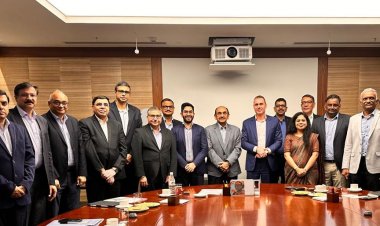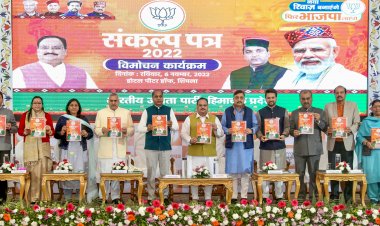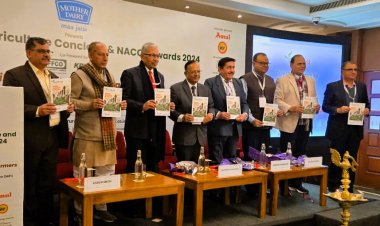Urea prices reach $900; fertilizer prices are constantly going up in global market
The c.i.f. (cost, insurance and freight) price of imported urea has reached $900 per tonne in the country. Besides, the import price of DAP has reached $800 per tonne. Given this situation, urea has come up as a new challenge after DAP because subsidy on urea will reach a record level due to this steep price hike.

Troubles are mounting up for the government and the domestic fertilizer industry both as the prices of fertilizers and their raw materials have increased unusually in the global market within a year. One can see a similar upward movement in urea prices as happened in the cases of the prices of Diammonium Phosphate (DAP) and Muriate of Potash (MOP). The c.i.f. (cost, insurance and freight) price of imported urea has reached $900 per tonne in the country. Besides, the import price of DAP has reached $800 per tonne.
Given this situation, urea has come up as a new challenge after DAP because subsidy on urea will reach a record level due to this steep price hike. It will be important to see whether the government bears the entire subsidy burden in order to keep urea readily available for the farmers in the current Rabi season or it also adopts the alternative of price increase of urea for them. Five states, including the politically significant Uttar Pradesh and Punjab, are scheduled to go to Assembly polls in the next few months. The government would not, therefore, risk going for the option of a price increase and thereby becoming the object of the farmers’ resentment.
According to industry sources, the price of imported urea has crossed $900 per tonne. The import price of urea stood at $295 per tonne a year ago while it was $510 per tonne three months ago. 350 lakh tonnes of urea was consumed in the country last year. The domestic production capacity of urea is 250 lakh tonnes while about 100 lakh tonnes is imported.
Given this situation, the subsidy budget for urea imports is expected to increase substantially. Currently, a 45kg bag of urea is available to the farmers in the country at Rs 266.50. Urea prices have not increased at all for the past several years and the remaining part of its cost is compensated by the government in the form of subsidy. The price of imported urea will reach approximately Rs 67,500 per tonne at the current global prices while the fertilizer is sold at even less than Rs 6,000 per tonne, thanks to the subsidy granted to the farmers.
The price of DAP stood at $370 per tonne a year ago and at $630 per tonne three months ago. It has now gone up to $800 per tonne. As for MOP, it was priced at $230 per tonne a year ago and $280 per tonne three months ago. It has now reached $450 per tonne. The price of phosphoric acid, the raw material used for DAP, has gone up to $1,330 per tonne from $1,160 per tonne three months ago and $689 per tonne a year ago. The price of ammonia, which is used in the production of urea, has reached $800 per tonne. A year ago, ammonia was priced at $250 per tonne while it sold at $670 per tonne three months ago. The price of sulphur has gone up to $275 per tonne from $210 per tonne three months ago and $95 per tonne a year ago.
The government had increased the subsidy in May this year and again in October due to the rising prices of the decontrolled fertilizers. Thanks to this increase in subsidy, the DAP price continues at the earlier level of Rs 1,200 per bag. However, the prices of three grades of NPK complex fertilizers have gone up to Rs 1,450-1,470 per bag from Rs 1,100 per bag despite the Rs 100 per bag subsidy on these. After the steep hike in the prices of all these fertilizers, the government is now faced with the challenge of striking a balance between their availability and prices.



 Join the RuralVoice whatsapp group
Join the RuralVoice whatsapp group









































